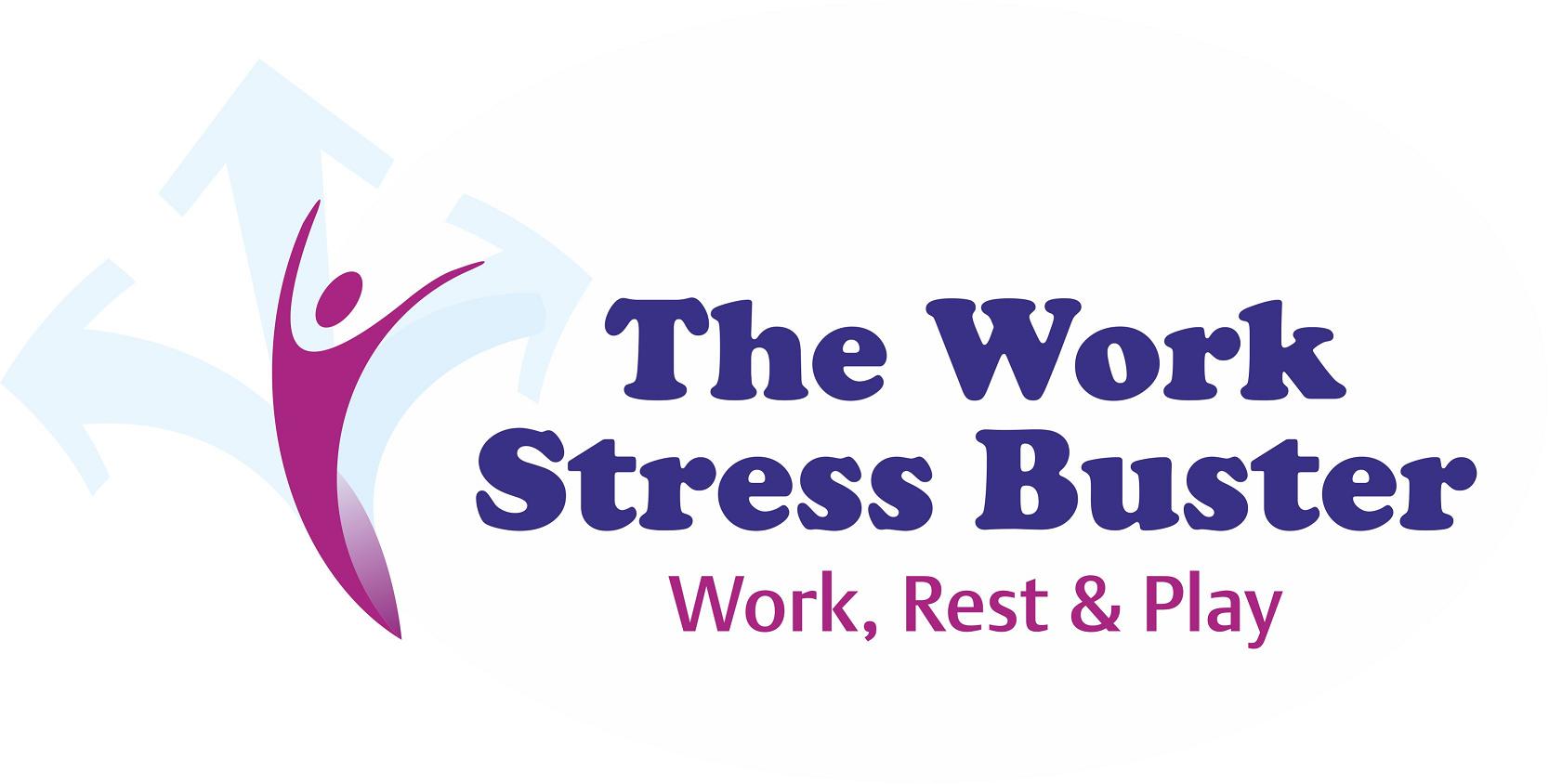Work place dynamics – are we ‘In it together’?
There is a way of thinking, referred to as systems thinking, that considers a unit in terms of how its components interact, interrelate and influence one another within a whole.
In work places, the components are: people, structures, duties and processes that contribute to make an organisation healthy enough to work towards it’s objectives- or otherwise.
Other key factors include: the working environment; the behaviours and resources utilised and available to make the work possible, our principles, values and beliefs which govern how and why we work and the way we do things. The way we apply ourselves- the principles which govern our actions are a reflection of who we are- our identity.
When two or more people are joined in a common purpose- they are a ‘system’/ a unit. As individuals we can consider ourselves a ‘system’ as to get things done- we have processes and duties that we need to apply.
Examples of systems:
- Ourselves as individuals
- Family
- Teams
- Work colleagues, management
- Networking Organisations
When a Work environment is effective:
- There is clarity of vision, mission between all parts.
- Goals are clear, achievable and supported.
- Values between all parts are aligned.
- There is effective organisation towards the work place goals.
- Expectations are clear, believed in and supported.
- There are traditions and cultures which support the system
- Rules are there to promote safety, openness, work principles and values.
In summary, such a system is an ‘open’ one, operating on the basis of intimacy; healthy working relationships, growth and choice. We all hopefully recognise groups/ systems of ours that fit under this umbrella.
When a Work environment is ineffective
- It is as though the left hand doesn’t know what the right hand is doing. The system is literally ‘disjointed’.
- There appears to be no clarity of vision/ mission.
- There are no nurturing work routines or traditions
- Staff members expectations are unclear and there is friction around this and often work place conflicts.
- There will often be low morale, poor working relationships between colleagues which translate to poor customer services.
Such a system is a closed one; it is permeated by fear- fear to speak, to share ‘to be’. It can be experienced as quite a stifling environment. Members will generally feel undervalued. There are poor communication and ineffective rules which retard growth and inhibit closeness, and useful relationships from developing.
Change
Work environments remain the same unless conscious/ purposeful change is applied. Each part of a system is an essential part thus each person within the work place is essential too and must be valued as such. Bringing an awareness of your work system; and how it operates and your part and how you operate within it, is very important so that you can take steps to preserve the positives and work on the areas requiring attention.
Discovering your part in a system and seeing others’ parts can be both exciting and painful an experience- because it highlights where work needs to be done and this can pose a challenge.
The parts that make up any system are all essential. The success of our groups and networks depends on us. What we get from our group depends on how we apply ourselves as individuals and as a whole.
The above represents useful consideration for managers as it helps to see what employees value and what motivates them and keeps them coming to work and enjoying it. A manager that shows an interest in their employees values in this way will create a stronger, productive work force.
Benefits of Applying Systems thinking to your business include:
- Less lost days at work
- Better engagement at work
- Better productivity and effectiveness
- Better morale
- Better teamwork
- Better work health/ balance.
